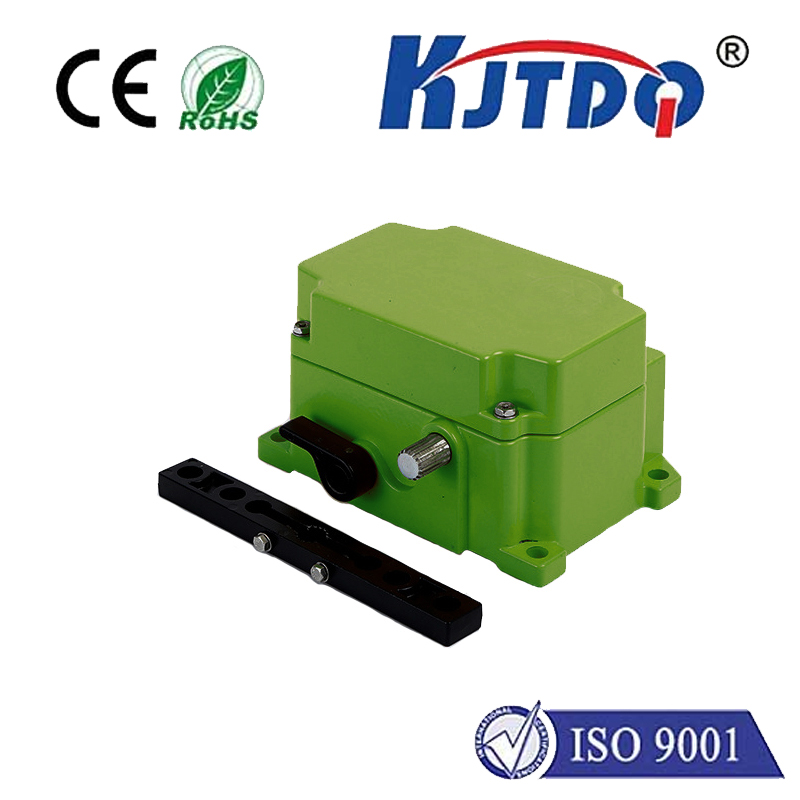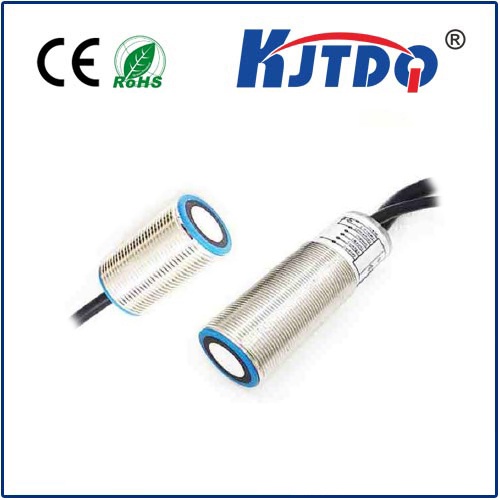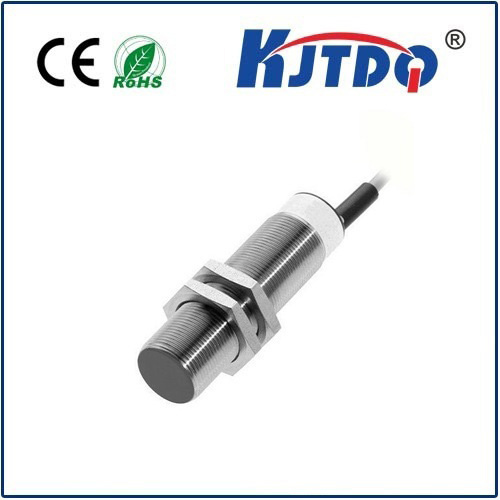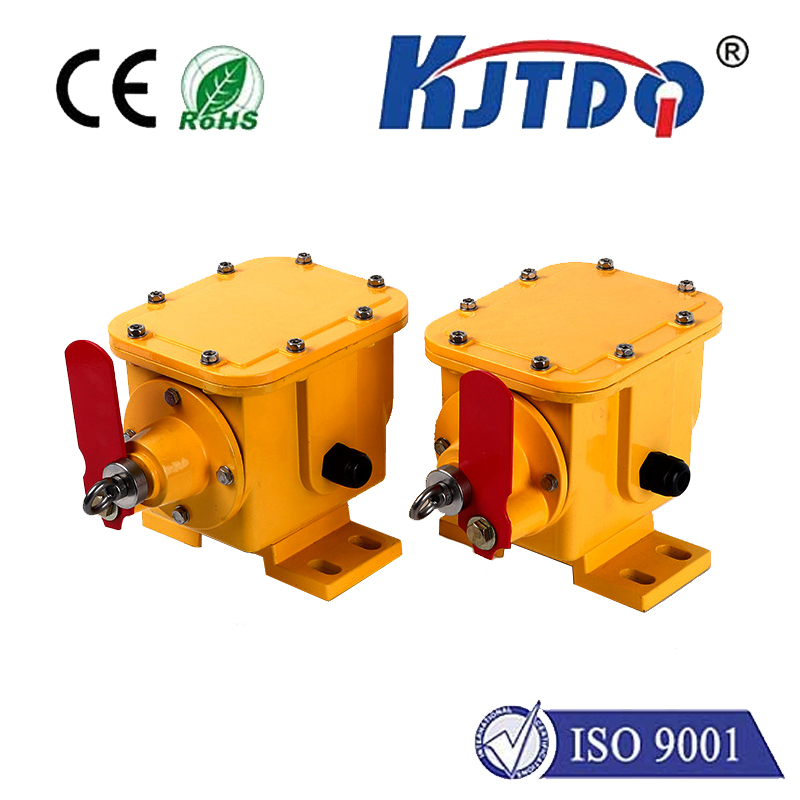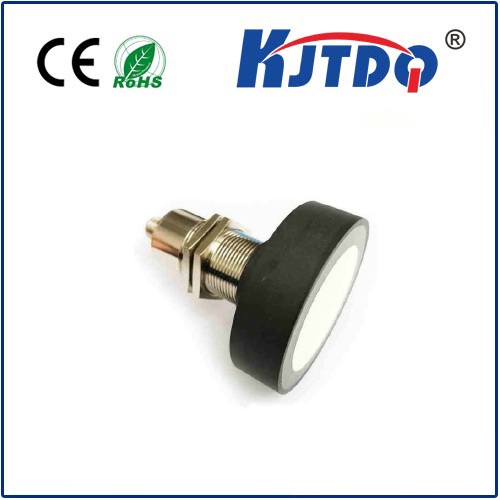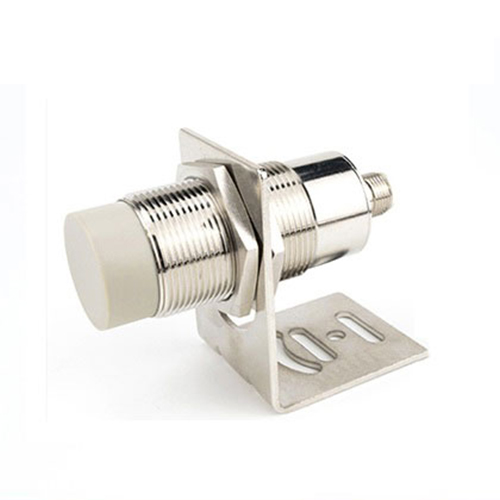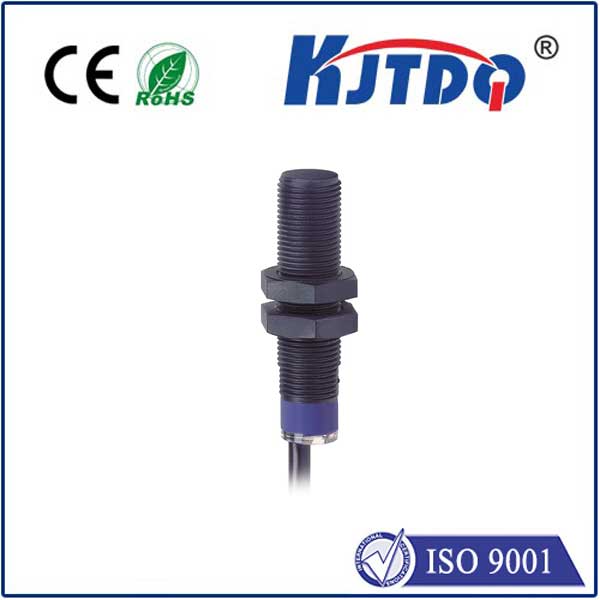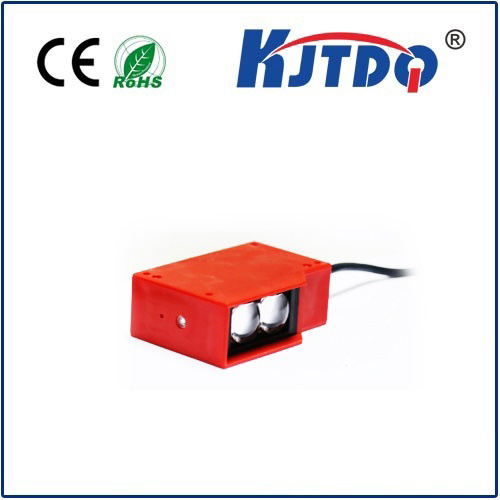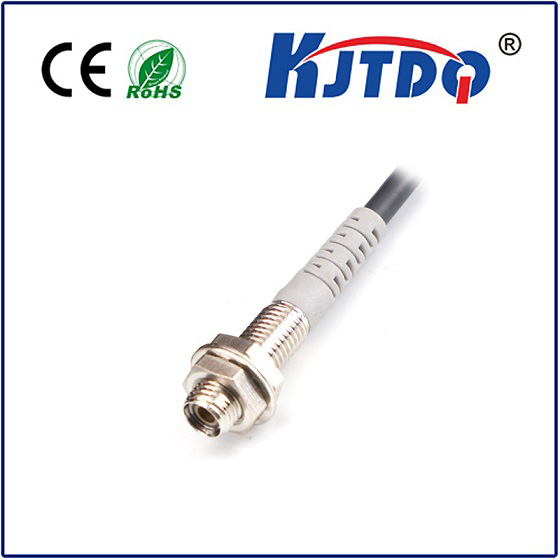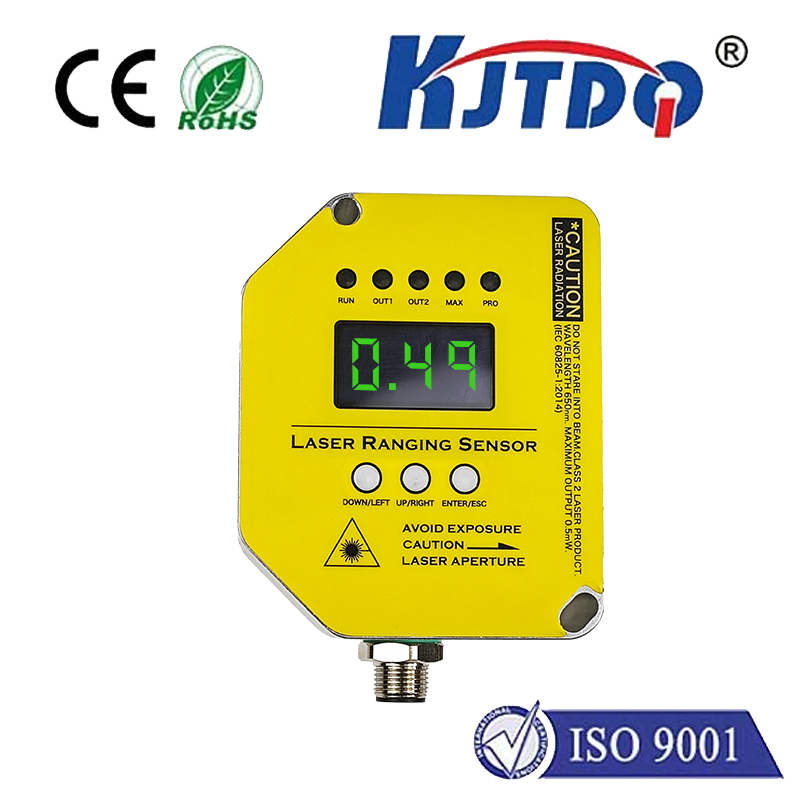miniature inductive proximity sensor
- time:2025-06-13 01:36:26
- Click:0
Mini Marvels: The Power of Miniature Inductive Proximity Sensors in Modern Automation
Imagine a high-precision robotic arm assembling intricate electronics. Deep within a miniature medical device, a critical component needs position verification. Or picture high-speed packaging lines where every millimeter counts. In these demanding scenarios, space is at a premium, yet reliable, non-contact detection of metal targets is non-negotiable. Enter the miniature inductive proximity sensor – a technological powerhouse shrunk down to conquer the tightest corners of modern automation. These tiny guardians operate silently, reliably, and robustly, enabling feats of engineering impossible with bulkier predecessors.
Understanding the Core Technology
At its heart, an inductive proximity sensor works on the principle of electromagnetic induction. Regardless of size, all inductive sensors contain an oscillator coil generating a high-frequency electromagnetic field around their active face. When a metallic object (the “target”) enters this field, it induces tiny circulating electrical currents known as eddy currents within the target material. This eddy current loss alters the characteristics of the oscillator circuit. The sensor’s integrated electronics detect this change and trigger a solid-state output signal (like switching a transistor), indicating the presence of the target – all without physical contact. This inherent non-contact sensing principle is key to their reliability and long service life.
The “Miniature” Advantage: Small Size, Big Impact

The defining characteristic here is miniaturization. While standard inductive sensors come in various sizes (e.g., M18, M12, M8 diameters), miniature variants push the boundaries, typically featuring sensing faces and housing diameters of M8 (8mm), M6 (6mm), M5 (5mm), M4 (4mm), and even M3 (3mm). Some specialized designs are even smaller. This drastic reduction unlocks significant advantages:
- Conquering Confined Spaces: This is the primary driver. Miniature inductive sensors can be installed in locations impossible for larger sensors – inside compact machinery, within tooling fixtures, on small robotic end-effectors, or deep inside intricate assemblies like semiconductor manufacturing equipment, medical devices, or tiny consumer electronics.
- Reduced Mass and Inertia: In dynamic applications, especially on moving parts like robotic arms or high-speed linear actuators, the low mass of a miniature sensor minimizes inertial loads, reducing stress on mounting points and improving dynamic response.
- Versatility in Mounting: Their small diameter often enables flush mounting (even in metal) where standard sensors might require a non-ferrous metal “bumper” or recessed installation, simplifying mechanical design. Threaded barrels (M8x1, M5x0.5 etc.) or rectangular housings offer flexible integration.
- Lightweight Integration: Essential for delicate automation stages or applications where every gram matters, such as drones or portable inspection equipment.
- Precision Positioning: The highly concentrated electromagnetic field of a well-designed miniature inductive proximity sensor allows for detection of very small targets (like tiny screws, pins, or conductive traces) and offers potentially higher positional accuracy relative to the sensing face, crucial in fine assembly tasks.
Key Applications Where Miniature Sensors Shine
The unique blend of non-contact sensing and tiny form factor makes these sensors indispensable across numerous demanding fields:
- Micro-Robotics and Collaborative Robots (Cobots): Sensing joint positions, detecting miniature gripper actuation, verifying the presence of tiny parts within the gripper, end-of-arm tooling feedback.
- Semiconductor and Electronics Manufacturing: Verifying wafer cassette positions, detecting miniature components on PCBs during placement, monitoring micro-actuators within chip handling equipment, verifying probe contact.
- Precision Medical Devices and Instrumentation: Position feedback in surgical robots, detecting valves or actuators within diagnostic equipment, verifying slide positions in analyzers, ensuring proper loading of miniature medical components.
- Miniature Assembly Systems: Detecting small screws, pins, springs, or metal inserts during automated assembly processes. Monitoring the position of miniature pneumatic cylinders.
- Packaging Machinery (Small Formats): Detecting foil seals on small vials or blister packs, verifying the presence of metal clips or seals on tiny containers, monitoring actuators within compact capping heads.
- Textile and Small Part Handling: Monitoring guide positions for fine threads, detecting needles or small metal parts in intricate mechanisms.
- Laboratory Automation: Precise positioning within microplate handlers, liquid handling robots, and analytical instruments.
Choosing the Right Miniature Inductive Proximity Sensor: Key Considerations
Selecting the optimal miniature sensor requires careful attention to several parameters beyond just size:
- Sensing Distance (Sn): This critical specification is typically shorter than larger sensors (often fractions of a millimeter to a few millimeters). Ensure the required sensing distance is achievable with the chosen sensor and target material/size. Manufacturers provide detailed data.
- Target Material: Standard inductive sensors primarily detect ferrous metals (steel, iron) with the longest range. Non-ferrous metals (aluminum, brass, copper) and stainless steel have shorter sensing distances – often requiring specific “non-ferrous optimized” miniature sensors. Know your target material.
- Target Size: Mini sensors generally require a target at least the size of the sensing face for reliable detection. Tiny targets may need sensors specifically rated for them or require even shorter nominal sensing distances.
- Output Type: Common choices include NPN or PNP (sourcing/sinking), Normally Open (NO) or Normally Closed (NC), analog current/voltage outputs for distance measurement, or specialized IO-Link digital outputs providing extended diagnostics and parameterization. Match the output to your control system.
- Electrical Connection: Options range from fixed integral cables (1m, 2m common) to miniature connectors (M8, M5 connectors). Cable flexibility is important in tight spaces.
- Operating Frequency (Switching Speed): How fast can the sensor reliably detect a passing target? Crucial for high-speed applications.
- Environmental Factors: Consider required IP rating (Ingress Protection - e.g., IP67, IP68) for dust and moisture resistance, temperature range, resistance to welding spatter or cutting fluids, and electrical noise immunity. High temperature ratings are vital near heat sources.
- Housing Material: Typically stainless steel (V2A/AISI 304 or V4A/AISI 316 for higher corrosion resistance) or nickel-plated brass. Choose based on chemical exposure.
Overcoming Miniaturization Challenges: Performance and Robustness
Designing a high-performance miniature inductive proximity sensor is a significant engineering feat. Shrinking the coil while maintaining sufficient sensing range and electromagnetic field strength is challenging. Ensuring robustness, including resistance to shock, vibration, and harsh industrial environments, demands precision manufacturing and high-quality materials. Electromagnetic compatibility (EMC) is paramount to prevent interference and ensure reliable operation amidst electronic noise. Reputable manufacturers invest heavily in overcoming these challenges, resulting in sensors that deliver exceptional reliability despite their tiny stature.
The miniature inductive proximity sensor stands as a testament to precision engineering, enabling automation in spaces once thought inaccessible. These compact, robust, and reliable components are fundamental to driving innovation in fields demanding extreme precision, compactness, and efficiency. By carefully selecting the right sensor based on size, sensing distance, target characteristics, and environmental needs, engineers unlock new possibilities in design and performance, proving that sometimes, the smallest components deliver the most significant impact.






